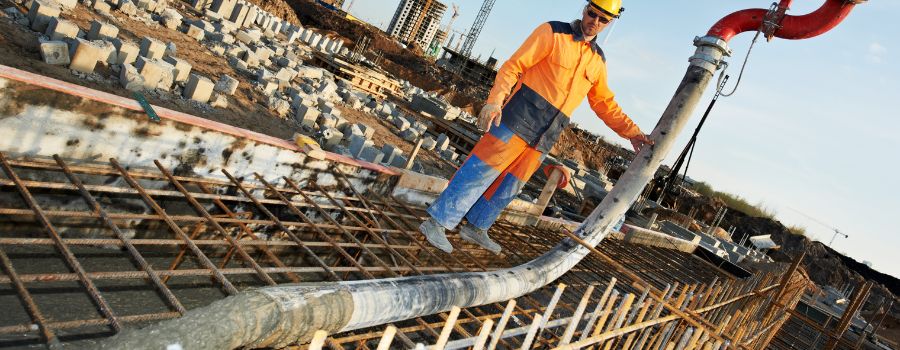
The Role of Reinforcement in Concrete Construction
In the realm of modern construction, the enduring strength and durability of concrete stand as a cornerstone, quite literally, of the built environment. Within this domain, the meticulous interplay between materials, design, and construction techniques holds paramount importance. Among these elements, the role of reinforcement emerges as a critical factor, contributing significantly to the integrity and longevity of concrete structures.
Understanding Concrete Reinforcement
Concrete, in its raw form, possesses remarkable compressive strength. However, it is relatively weak in tension. This inherent deficiency makes it susceptible to cracking under tensile stresses, such as those induced by structural loads or environmental factors. Reinforcement, therefore, serves as a strategic intervention to bolster the tensile capacity of concrete, thereby enhancing its overall performance and resilience.
The Mechanism of Reinforcement
Reinforcement in concrete construction typically takes the form of steel bars, commonly referred to as rebar, strategically embedded within the concrete matrix. These bars are meticulously positioned according to engineering specifications, considering factors such as load distribution, structural requirements, and anticipated stresses.
Importance of Proper Placement
The placement of reinforcement within concrete structures is a meticulous process, demanding precision and foresight. Proper positioning ensures optimal load transfer and stress distribution, mitigating the risk of structural failure and enhancing the structural integrity of the finished product.
Enhancing Structural Stability
The integration of reinforcement fundamentally transforms concrete from a material vulnerable to tension-induced failure into a robust composite system capable of withstanding substantial loads and environmental pressures. This enhancement in structural stability not only extends the service life of concrete structures but also reduces the need for frequent maintenance and repairs, resulting in cost savings and operational efficiency.
Reinforcement in Concrete Delivery and Construction
The seamless integration of reinforcement into concrete construction necessitates a holistic approach, encompassing not only design and engineering considerations but also logistical aspects such as concrete deliveries and supplier selection.
Concrete Deliveries: Ensuring Timely Supply
Timely and efficient concrete deliveries are paramount to the success of any construction project. Delays in supply can disrupt the construction timeline, leading to costly setbacks and project overruns. Therefore, collaboration with a reliable concrete supplier is essential to ensure a steady and uninterrupted flow of materials to the job site.
Partnering with a Trusted Concrete Supplier
Selecting the right concrete supplier is a decision of strategic significance, with implications extending far beyond mere material procurement. A reputable supplier not only delivers quality concrete but also offers expertise, support, and reliability throughout the construction process. Factors such as product quality, consistency, on-time delivery, and responsiveness to project requirements should inform the selection process, ensuring a mutually beneficial partnership that fosters project success.
Conclusion
In conclusion, reinforcement plays a pivotal role in the realm of concrete construction, enhancing structural stability, durability, and performance. Through meticulous design, precise placement, and strategic collaboration with trusted concrete supplier engineers and construction professionals can optimize the strength and resilience of concrete structures, laying the foundation for a built environment that endures the test of time. As stewards of modern infrastructure, we recognize the profound impact of reinforcement in shaping the world we inhabit, ensuring safety, functionality, and sustainability for generations to come.